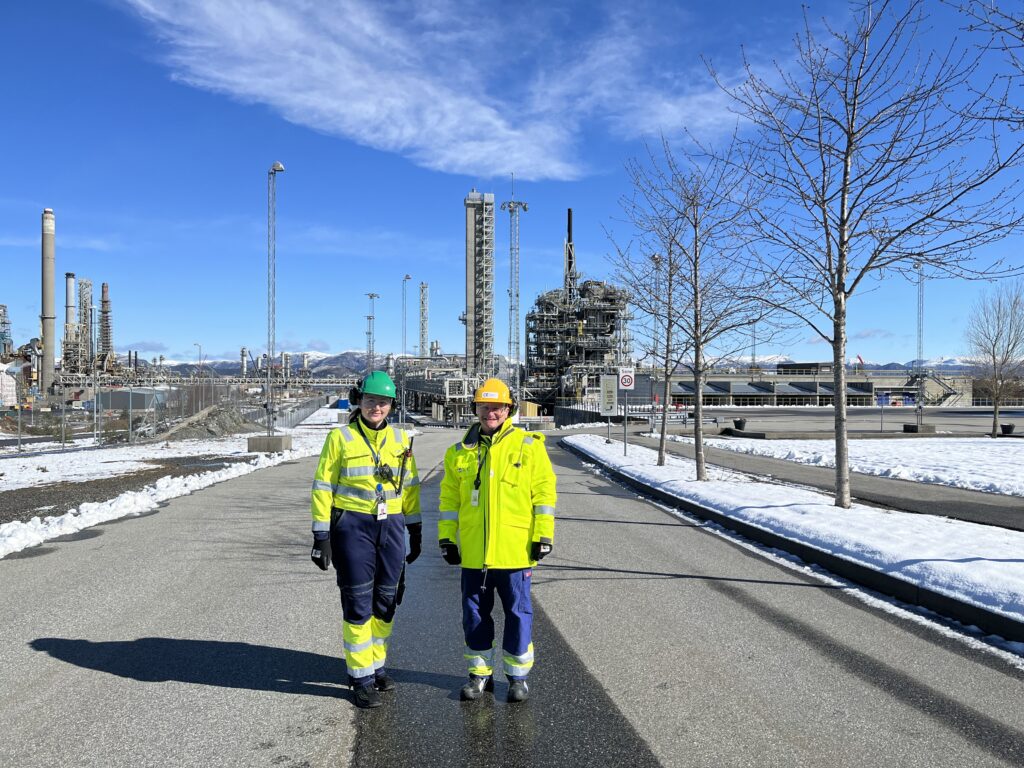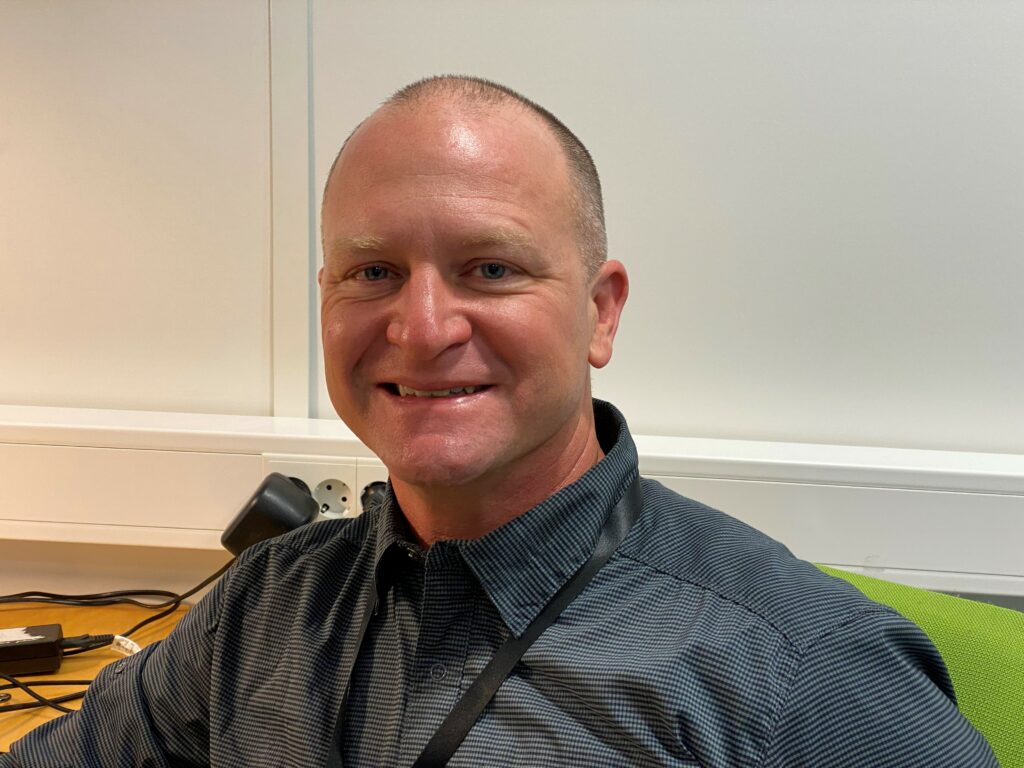
26.04.2022
RTI is testing at TCM: So far, so good!
– The main objective for RTI International is to find a cost-effective technology for capturing and storing CO2 emitted from fossil fuel power plants. We started the test campaign at TCM with our water-lean solvent in the beginning of March, and so far the results are matching closely to the goals.
Marty Lail (49), Senior Director of Carbon Capture and Conversion at RTI International, is smiling. He has been working in the field of carbon capture for fifteen years, the last twelve of them in one of the largest non profit science foundations in the United States. For him and his colleagues, the ongoing test campaign at the amine plant at Mongstad will provide significant answers to whether many years of intensive work have been good enough to offer the market a groundbreaking technology for capturing CO2. So far, so good!
The last stop on a long journey
Research Triangle Institute (RTI) has its headquarter in North Carolina, and around 6.000 employees in 75 countries. Carbon capture and storage (CCS) is one of several focus areas. – We have developed a water-lean solvent that can absorb carbon dioxide before it reaches the atmosphere. Before we came to Mongstad, we tested the technology in our lab in Research Triangle Park, North Carolina and at SINTEF’s Tiller pilot plant facility in Trondheim.
The test at TCM under almost full scale is the last stop on a long journey to be able to commercialize their research efforts. – Therefore, we are incredibly excited about what we can document when six months of at least 1.000 hours of operation here at Mongstad are over. The solvent will be tested with both flue gases from the refinery at Mongstad, containing from 4 percent and up to 13 percent CO2. This is important to demonstrate that the solvent is useful for different industrial purposes, says Lail.
Costs have fallen significantly
According to RTI International, conventional carbon capture technologies have been unable to economically address the CO2 emissions generated by large, stationary point sources. Their CCS team is exploring CO2 capture and utilization technologies that could dramatically impact the fossil fuel-based power production and industrial sectors. For example, RTI’s non-aqueous solvent for carbon capture, eCO2SolTM, substantially reduces the specific reboiler duty (SRD) by 30 – 50 percent compared to state-of-the-art approaches.
Marty Lail tells that steady progress over the years has enabled RTI to bring the cost of carbon capture down significantly, from almost 100 USD per ton to 42 USD per ton. – Our success, as well as the successes of others in the CO2 capture communtity, has prompted our client, the US Department of Energy, to lower the target price for carbon capture to 30 USD per ton by 2035, at which it would become much more attractive to industry and keep the overall increase in cost of electricity to consumers affordable.
The US Department of Energy (DoE) Fossil Energy and Carbon Management has provided the funding for amine plant modifications and other testing costs. To document lower energy consumption, and thereby less cost of the process, is not the only target of the test campaign at TCM. – It is also very important to demonstrate the endurance of our solvent; that it works continously in one operation for at least 1.000 hours during the test period of six months. Then we also should verify that the emissions from the process are within TCM’s permission and competitive with other amine-based technologies.

Marty Lail (right) together with TCM’s coordinator for the campaign, Anette Beate Nesse Knarvik, in front of the test facility at Mongstad.
Demanding to organize and prepare
The pandemic made organizing and preparing for RTI’s test campaign particulary demanding. To conduct the test, modifications at the amine-plant were needed. They were planned by RTI and designed by TCM and the Norwegian engineering company Pressura last autumn. Several local subcontractors contributed to the work, which went very well according to Lail. The modifications include the installation of an intercooler system on the TCM absorber to improve the energy performance of the capture system and a larger circulation pump on the TCM desorber.
Another challenge was to transport 75 tonnes of RTI’s solvent, which is produced at a factory in Germany, to Mongstad. Despite the potential pitfalls, the campaign started only two weeks late. It is continuously followed by Marty Lail and three colleagues, Vijay Gupta, Jak Tanthana and Paul Mobley, in a shift arrangement with two weeks at Mongstad and six weeks at home.
Grateful to the staff at TCM
– This is an outside-the-box campaign, and I like to thank everyone involved – and in particular the staff at TCM – for their efforts which have made it possible, Lail emphasizes. – We knew that the facilities at Mongstad are world class, but we also found the personnel top shelf. For RTI, it is extremely important that the secrets we share with selected employees remain with them. We have no reason to doubt their integrity, he adds.
Visits from commercial partners
Although RTI is a non-profit organization, they have a clear ambition to license the capture technology and sell it to technology suppliers. – We are already in contact with commercial partners, who will also have the opportunity to visit Mongstad while the test campaign is in progress. This makes the project extra exciting, says Marty Lail.

– We started the test campaign at TCM with our water-lean solvent in the beginning of March, and so far the results are matching closely to the goals, says Marty Lail.
